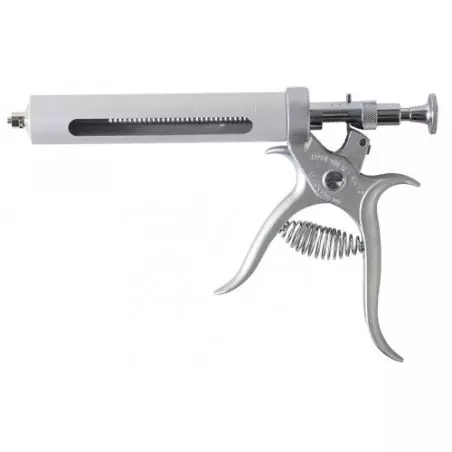Due to the potential for long distance airborne transport of porcine reproductive and respiratory syndrome virus (PRRSV), the filtering of incoming air to swine facilities located in dense regions of production has been proposed as a means to reduce this risk. In order to test this intervention in a commercial setting, a pilot study was conducted in seven large (greater than 3000 sows) breeding herds located in swine-dense regions of southern Minnesota and northern Iowa. All seven herds had a history of annual PRRSV infections secondary to the introduction of new variants over the past 4 years, despite the use of industry standard biosecurity practices for known routes of direct and indirect spread of the virus (Pitkin and others 2009). For the purpose of this study, two of the seven herds (F-1 and F-2) were filtered using published technology while the remaining five herds served as non-filtered controls (NF-1 through NF-5).
Prior to filtration, the existing wild-type variant (PRRSV 1-18-2) had been eliminated from herds F-1 and F-2 resulting in a PRRSVnegative status. Filters were installed in the attic and both facilities used negative pressure ventilation systems. F-1 used a total of 3660 EU 9 (MERV 16) filters while F-2 used 1944 EU 8 (MERV 14) filters. These filters had been determined to be 95 percent and 75 percent efficient, respectively, at capturing particles of greater than or equal to 0.3 microns in diameter. Following installation of filters (September 2008), PRRSV status was monitored across all herds monthly for a 12-month period of time. During these visits, herds were assessed for clinical evidence of PRRS and production data reviewed. In addition, blood samples were collected from 30 piglets at weaning and tested for the presence of PRRSV RNA using polymerase chain reaction (PCR). If positive, the open reading frame (ORF) 5 region of the virus from the sample in question was nucleic acid sequenced and compared to the farm-specific historical PRRSV database.

Throughout the 12-month study period, evidence of PRRSV infection was not detected clinically or diagnostically in the two filtered herds. In contrast, all of the non-filtered control herds experienced severe clinical episodes of PRRS. The ORF 5 region of PRRSV variants recovered from affected pigs during these episodes were 5 to 12 percent heterologous to historical isolates, indicating that all five herds had been infected with new viruses.
The results from this pilot study suggest that farms in dense regions of production can benefit from both at the breeding herd level as well as post-weaning performance. More information is needed to document ROI of filtration and these studies are underway.
G. Spronk, S. Dee. The impact of air filtration on PRRS control in 7 breeding herds from a commercial system of swine production. 2011 AASV Annual Meeting: 57.







